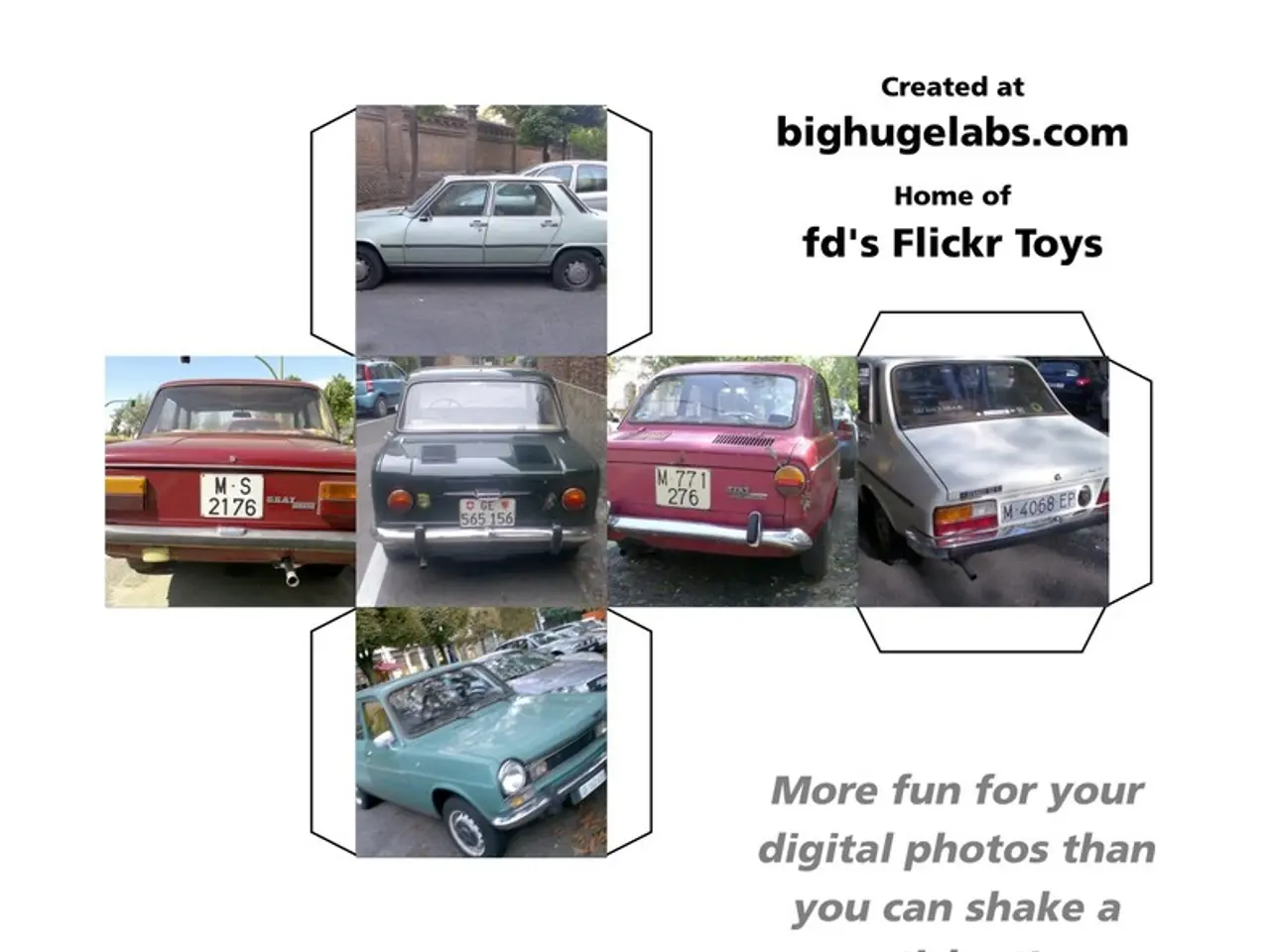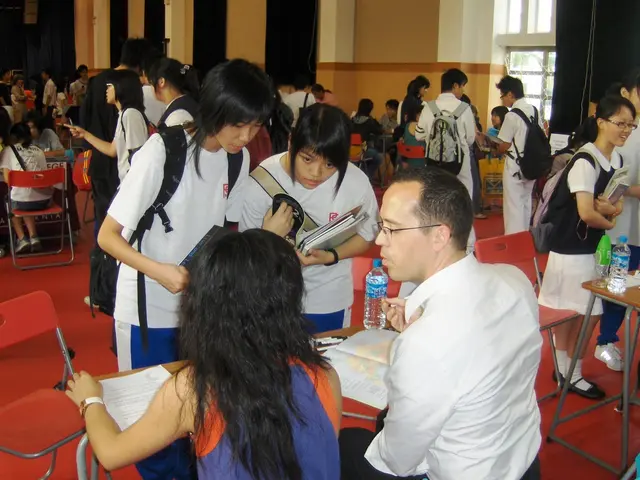Auto Industry Insights: Auto Tariffs' Impact on the Virtual Sensor Market
In the face of escalating auto tariffs, the automotive industry is experiencing a significant shift towards software-defined vehicles (SDVs) and virtual sensors. This transformation, driven by the need to mitigate the impact of tariffs on expensive hardware components, is reshaping the development and innovation of next-generation vehicles.
The tariffs, by increasing costs and disrupting global supply chains, are pushing automakers to reconsider vehicle architecture. Software-defined vehicles, which enable features through software rather than hardware, offer a viable solution. Virtual sensors, for instance, can replace physical ones, reducing dependence on expensive imported parts and minimising tariff-related costs.
This transition not only helps counteract the effects of tariffs but also presents opportunities for continuous revenue generation. By offering software subscriptions, feature unlocks, and upgrades post-sale, automakers can offset the margin pressure from tariffs, incentivising innovation in software capabilities, including virtual sensing technologies.
Moreover, the tariffs have caused complex disruptions and increased costs along global supply chains, prompting automakers to centralise software and reduce hardware variants. This simplifies production and enhances supply chain resilience by lessening reliance on specific imported hardware components. Virtual sensors, which rely on software algorithms rather than physical sensor modules, reduce exposure to supply chain bottlenecks or tariff-related delays on physical parts.
However, the tariffs have also led to significant financial hits and delays in electric vehicle (EV) launches. For instance, Volvo recently incurred a $1.2 billion impairment charge due to tariff-related cost pressures and model delays. These disruptions can slow the rollout of new software-defined vehicle platforms and advanced features, including virtual sensor integration.
Executives from companies like Toyota and Rivian have highlighted the necessity of agility to adapt to the fluctuating tariff landscape. Effective coordination and rapid decision-making speed are crucial to sustain software innovation and keep SDV projects on track despite global trade uncertainties.
Companies will need to balance long-term investments with political uncertainty, as a future administration could reverse or revise current tariff policies. Localization strategies, such as moving production, software development, and even R&D closer to domestic markets, are being explored in response to tariff pressures. However, this could lead to fragmentation in the auto industry, with companies needing to invest heavily in regional ecosystems.
The tariffs pose a direct threat to the software-driven systems that will define the future of the auto industry. Virtual sensors, crucial for autonomous driving and advanced driver-assistance systems (ADAS), rely on a complex web of globally sourced microelectronics, firmware, and specialized hardware. Tariffs could lead to fewer test vehicles and limited data collection in varied environments, potentially slowing the development of accurate, adaptable machine learning models.
Automakers and their suppliers face growing pressure to scale back R&D due to the higher costs and complexity of sourcing these critical components. The talent pool for software-defined-vehicle technologies is heavily globalised, and replicating expertise found in international centres of excellence will take time.
Despite these challenges, companies leveraging software-only sensing solutions may be better positioned to adapt quickly, minimising hardware exposure and scaling more efficiently across markets. For virtual sensors, there could be a push towards software platforms that are hardware-agnostic and new innovations in machine learning and synthetic data generation.
In conclusion, while tariffs on auto imports substantially increase costs and disrupt supply chains, they also accelerate the industry-wide pivot towards software-defined vehicles and virtual sensors. These software innovations allow OEMs to mitigate hardware-related tariff costs, extend vehicle utility through over-the-air updates, and create new revenue streams, helping navigate a complex global trade environment and driving the evolution of connected, software-centric mobility.
- The automotive industry is transitioning towards software-defined vehicles (SDVs) and virtual sensors due to escalating auto tariffs, reshaping the development and innovation of next-generation vehicles.
- Virtual sensors, which can replace physical ones, offer a solution by reducing dependence on expensive imported parts and minimising tariff-related costs in SDVs.
- By offering software subscriptions, feature unlocks, and upgrades post-sale, automakers can offset margin pressure from tariffs and incentivise software innovation.
- The tariffs are causing complex disruptions and increased costs along global supply chains, prompting automakers to centralise software and reduce hardware variants to enhance supply chain resilience.
- Tariffs have led to significant financial hits and delays in electric vehicle (EV) launches, potentially slowing the rollout of new SDV platforms and advanced features like virtual sensor integration.
- Executives from companies like Toyota and Rivian have emphasized the importance of agility to adapt to the fluctuating tariff landscape and keep SDV projects on track amidst global trade uncertainties.
- Localization strategies are being explored in response to tariff pressures, but could lead to fragmentation in the auto industry with heavy investments needed in regional ecosystems.
- Despite the challenges, companies leveraging software-only sensing solutions may be better positioned to adapt quickly, minimizing hardware exposure and scaling more efficiently across markets, driving the evolution of connected, software-centric mobility.




